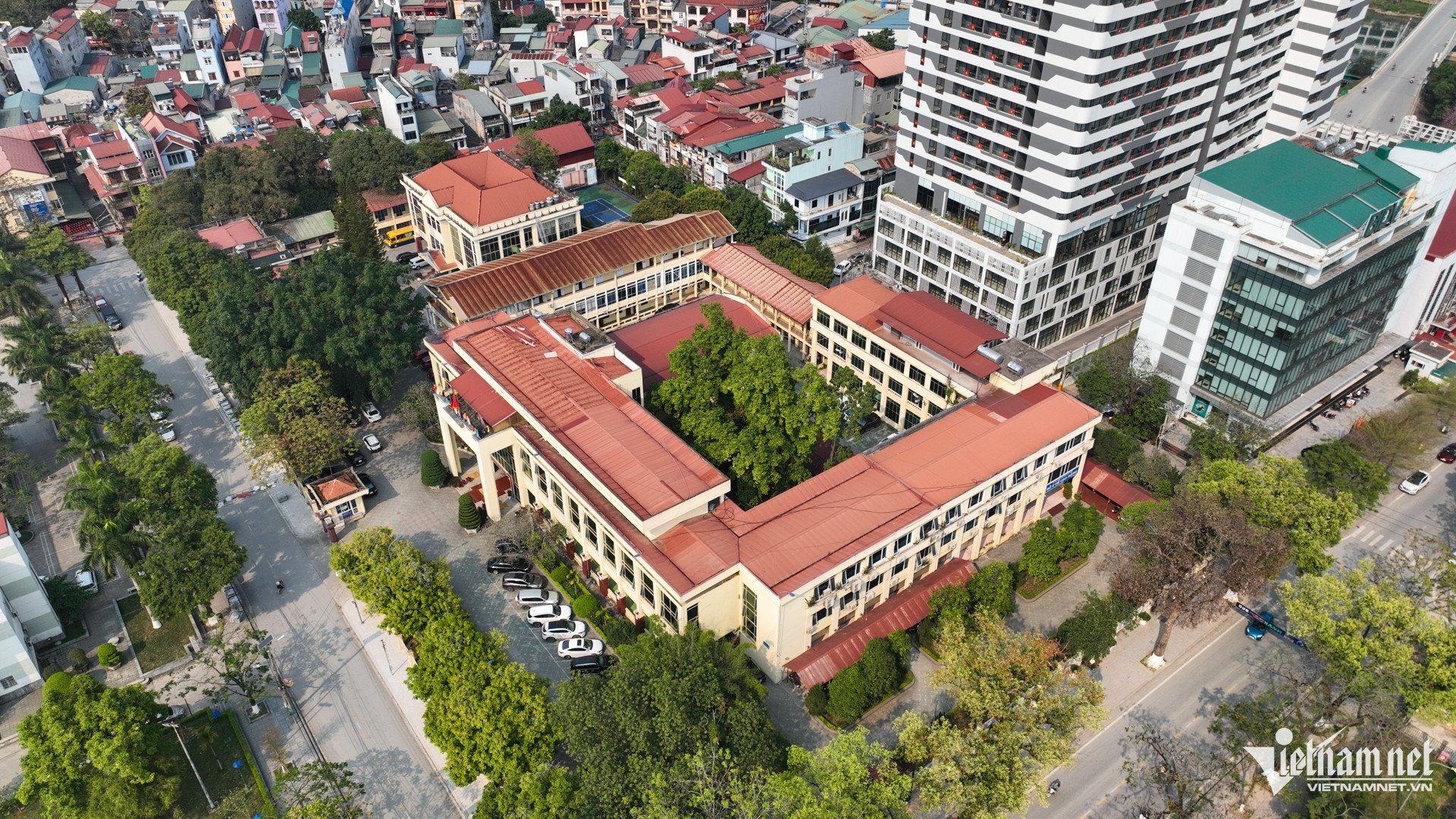The Ministry of Home Affairs has recommended that newly established commune-level administrative units be named after previous district-level units, with an added numerical order for easier digitalization and data management.

The ministry recently completed a draft resolution for the National Assembly Standing Committee on the rearrangement of administrative units, accompanied by a report for review by the Ministry of Justice.
Realignment based on six criteria
The draft outlines six key criteria for reorganizing provincial and communal administrative units: natural area, population size, history and tradition, culture and religion, geo-economics, geopolitics, and national defense and security.
These criteria were formulated based on the 2016 Resolution No. 1211 of the National Assembly Standing Committee, amended and supplemented in 2022.
The draft resolution also notes that administrative units with isolated positions or crucial strategic significance, affecting national defense and sovereignty, will not be subject to rearrangement.
New principles and naming conventions
According to the proposal, when two provinces merge, the resulting unit will retain the title of "province." If a province merges with a centrally controlled city, the merged unit will become a centrally governed city.
When merging wards with similar-level administrative units, the resulting unit will be designated as a ward. Likewise, merging communes and towns will result in a new commune.
If the realignment of a commune-level administrative unit alters the boundaries of a district-level administrative unit, no further adjustment procedures are required for the district-level unit.
In cases where four or more commune-level units are merged, the new unit does not need to meet area and population standards. Additionally, the number of commune-level units after the merger should be reduced by 70-75% compared to the current number within the province or centrally managed city.
The draft resolution encourages using existing names of administrative units with historical, cultural, or traditional value that have gained public support. Additionally, numbering new communes after former district names is encouraged for convenient data management and digitalization.
To avoid confusion, newly formed communes and wards must not share names with existing administrative units of the same level within the province or city.
Salary and personnel management
Regarding staffing, the draft specifies that the number of officials and civil servants in newly established provincial administrative units must not exceed the total number of staff from the pre-merger units. The same rule applies to commune-level administrative units. This number will gradually decrease over five years from the effective date of the resolution.
Furthermore, the draft resolution stipulates that leaders and managers will retain their current salaries and allowances for six months following the merger. After that period, salaries and allowances will be adjusted according to new positions and relevant regulations.
Special regimes and policies based on regional and administrative unit characteristics will remain unchanged. Post-merger, the government will review and amend these policies as necessary.
Nguyen Thao